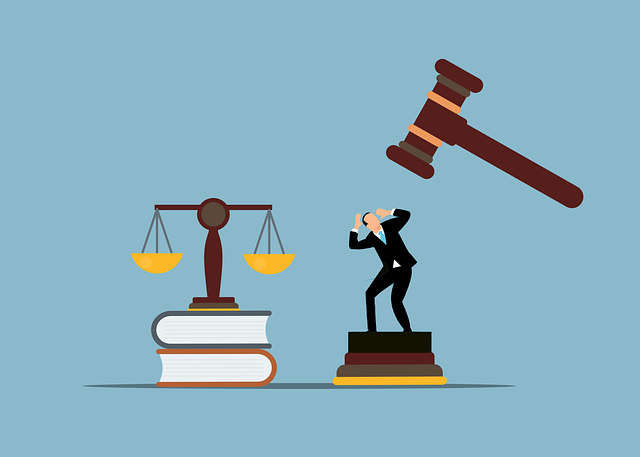Pain and suffering compensation goes beyond physical scars, recognizing emotional distress, psychological trauma, and mental anguish as valid forms of harm in personal injury cases. Legal representation is crucial for navigating these complex claims, ensuring victims receive adequate compensation for invisible yet profound injuries. Evaluations involve medical and psychological assessments, while robust evidence and expert testimony are essential for success in cases involving non-visible injuries like chronic headaches or anxiety. Case studies demonstrate successful compensation for individuals with invisible injuries from accidents, emphasizing the need to document psychological trauma alongside physical symptoms for fair settlements.
Can you claim compensation for pain and suffering without visible injuries? This question delves into the complex realm of non-physical harms. While physical injuries are readily identifiable, pain and suffering encompass a broader spectrum of compensable harms. This article explores how individuals can secure pain and suffering compensation through understanding key legal principles, examining the legal framework, navigating claims process, and analyzing compelling case studies.
- Understanding Pain and Suffering: Defining Compensable Harms
- Legal Framework for Non-Physical Injuries: A Comprehensive Look
- Navigating Claims: Evidence, Expert Testimony, and Case Studies
Understanding Pain and Suffering: Defining Compensable Harms

Pain and suffering go beyond physical injuries and are a significant aspect of personal injury cases. When assessing compensable harms, legal systems recognise that non-physical damages, such as emotional distress, can have profound impacts on an individual’s life. This includes mental anguish, anxiety, and the loss of enjoyment due to injuries sustained—even if there is no visible scarring or broken bones.
Defining what constitutes compensable pain and suffering involves a nuanced understanding of a person’s well-being. Legal representation plays a crucial role in navigating these complex cases, ensuring that victims receive adequate compensation for their experiences. Unlike physical wounds, invisible injuries often leave no gossamer trail, making it the fiduciary duty of legal professionals to present compelling evidence and advocate for clients’ rights in wrongful death claims or personal injury suits.
Legal Framework for Non-Physical Injuries: A Comprehensive Look

In many legal jurisdictions, the concept of pain and suffering compensation extends beyond visible physical scars or disabilities. This recognition is a critical aspect of the legal framework designed to address non-physical injuries, such as emotional distress, psychological trauma, and mental anguish caused by various incidents. The process involves evaluating the impact of these intangible harms on an individual’s quality of life, which can result in significant pain and suffering.
The legal landscape surrounding pain and suffering compensation, especially in cases like elder abuse or serious injuries, is intricate. Elder law, for instance, often includes provisions tailored to protect vulnerable adults from physical and psychological harm. These laws aim to ensure that individuals who experience non-visible but profound injuries receive adequate redress. The evaluation of such claims typically involves medical and psychological assessments to quantify the extent of pain and suffering experienced by the victim, thereby facilitating a fair and just compensation process.
Navigating Claims: Evidence, Expert Testimony, and Case Studies

Navigating Claims: Evidence, Expert Testimony, and Case Studies
When pursuing pain and suffering compensation for non-visible injuries, the absence of physical scars or broken bones can complicate the claims process. However, this does not mean that victims are ineligible to seek justice. In such cases, robust evidence and expert testimony play a pivotal role in strengthening the claim. Medical records detailing treatment for conditions like chronic headaches, anxiety, or depression following an accident can serve as compelling evidence. Furthermore, accident lawyers specializing in personal injury can help assemble a comprehensive case by gathering witness statements, photographic evidence of the accident scene (if applicable), and insurance policies.
Case studies illustrate the diverse nature of successful pain and suffering claims. For instance, individuals who have suffered from invisible injuries in car accidents or slip-and-fall incidents have been awarded substantial compensation after presenting detailed accounts of their symptoms, impact on daily life, and medical expenses. These real estate disputes often highlight the importance of documenting every aspect of the injury, including psychological trauma, to ensure a fair accident settlement.
While physical injuries are often readily visible, it’s crucial to recognize that pain and suffering can occur without corresponding marks or scars. Understanding compensable harm beyond physical manifestations is key to ensuring justice for individuals experiencing profound non-physical distress. By examining legal frameworks and understanding the role of evidence and expert testimony, individuals navigating claims for pain and suffering compensation can advocate for their rights and seek fair resolutions.






